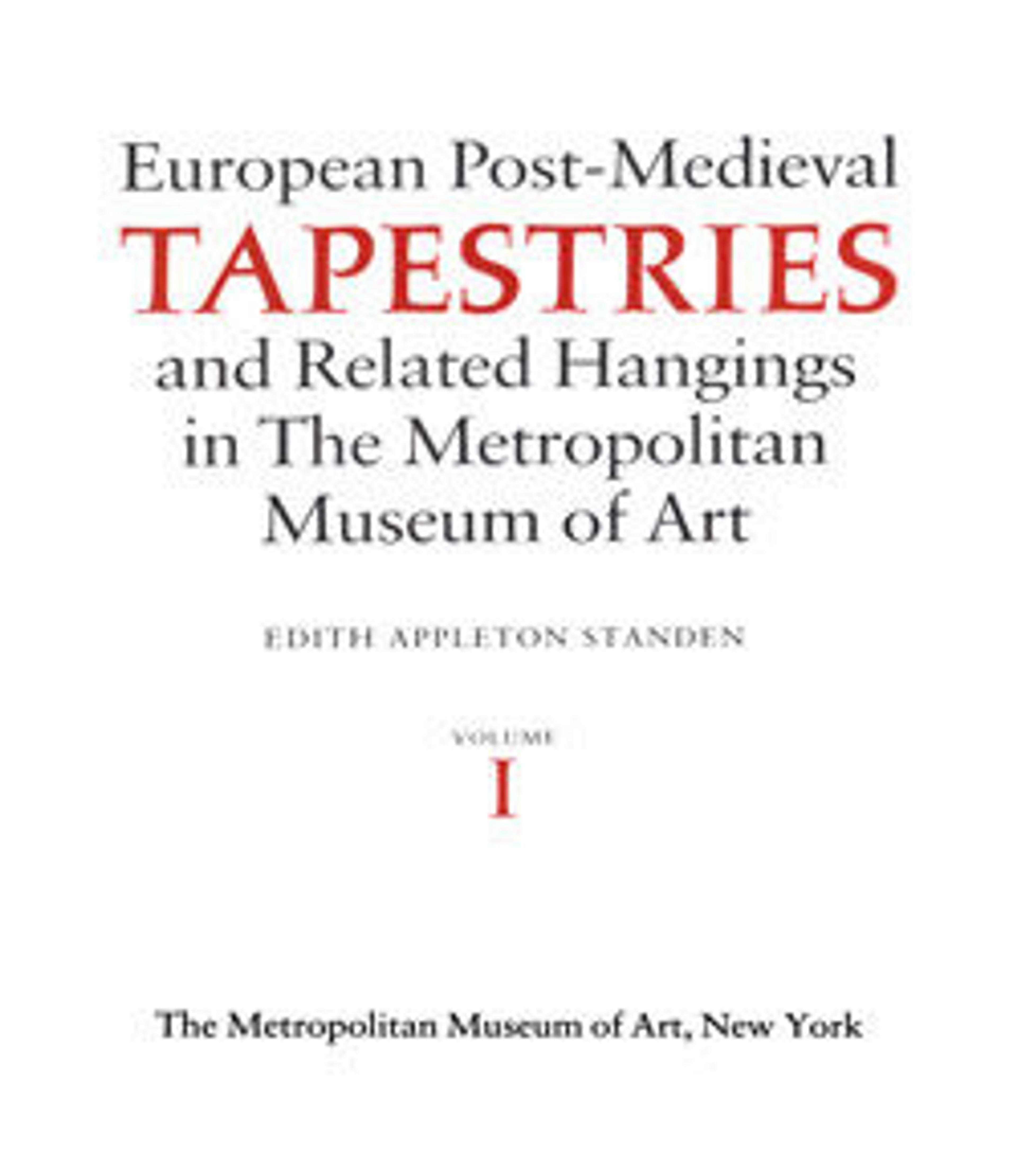The Crusaders Reach Jerusalem (from a set of Scenes from Gerusalemme Liberata)
Commissioned by Cardinal Pietro Ottoboni, a great-nephew of Pope Alexander VIII, this was part of a massive series, heroic in scale as well as narrative, of fifteen tapestries depicting the romanticized version of the Christians’ First Crusade into Jerusalem recounted in Tasso’s sixteenth-century epic poem, Gerusalemme Liberata (Jerusalem Delivered).
As the crusaders reach the city of Jerusalem, two of the Christian leaders kneel in the foreground, both in Classical armor with garments of red, blue and yellow. The younger man is presumably Godfrey of Bouillon. Other mounted men in gray armor are seen behind. Rising in the background on the right are the walls of Jerusalem.
As the crusaders reach the city of Jerusalem, two of the Christian leaders kneel in the foreground, both in Classical armor with garments of red, blue and yellow. The younger man is presumably Godfrey of Bouillon. Other mounted men in gray armor are seen behind. Rising in the background on the right are the walls of Jerusalem.
Artwork Details
- Title:The Crusaders Reach Jerusalem (from a set of Scenes from Gerusalemme Liberata)
- Designer:Designed by Domenico Paradisi (Italian, active 1689–1721)
- Manufactory:Woven at the San Michele workshop
- Workshop director:Pietro Ferloni (Italian, active 1717–70)
- Date:designed ca. 1689–93, woven 1732–39
- Culture:Italian, Rome
- Medium:Wool, silk (16-18 warps per inch, 7 per cm.)
- Dimensions:Overall (confirmed): 144 in. × 230 in. (365.8 × 584.2 cm) (varying heights: left edge: 143"; center: 144"; right edge: 142")
- Classification:Textiles-Tapestries
- Credit Line:Bequest of Elizabeth U. Coles, in memory of her son, William F. Coles, 1892
- Object Number:92.1.15
- Curatorial Department: European Sculpture and Decorative Arts
More Artwork
Research Resources
The Met provides unparalleled resources for research and welcomes an international community of students and scholars. The Met's Open Access API is where creators and researchers can connect to the The Met collection. Open Access data and public domain images are available for unrestricted commercial and noncommercial use without permission or fee.
To request images under copyright and other restrictions, please use this Image Request form.
Feedback
We continue to research and examine historical and cultural context for objects in The Met collection. If you have comments or questions about this object record, please contact us using the form below. The Museum looks forward to receiving your comments.
